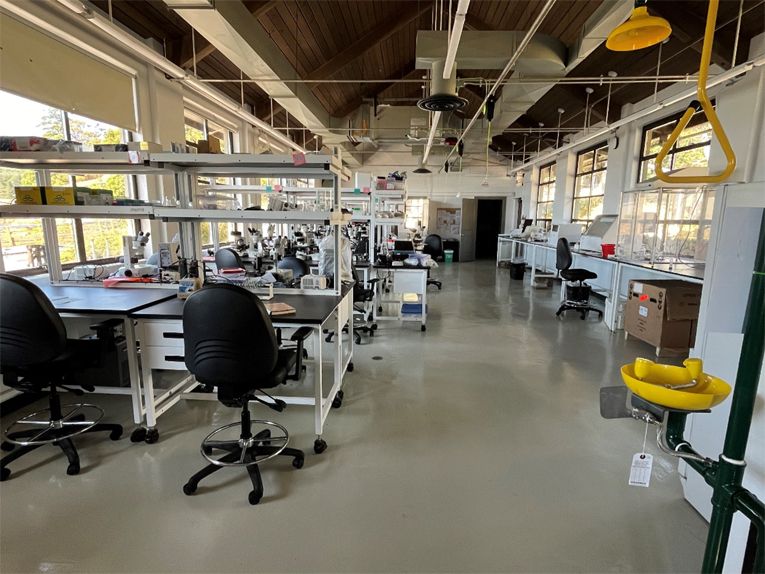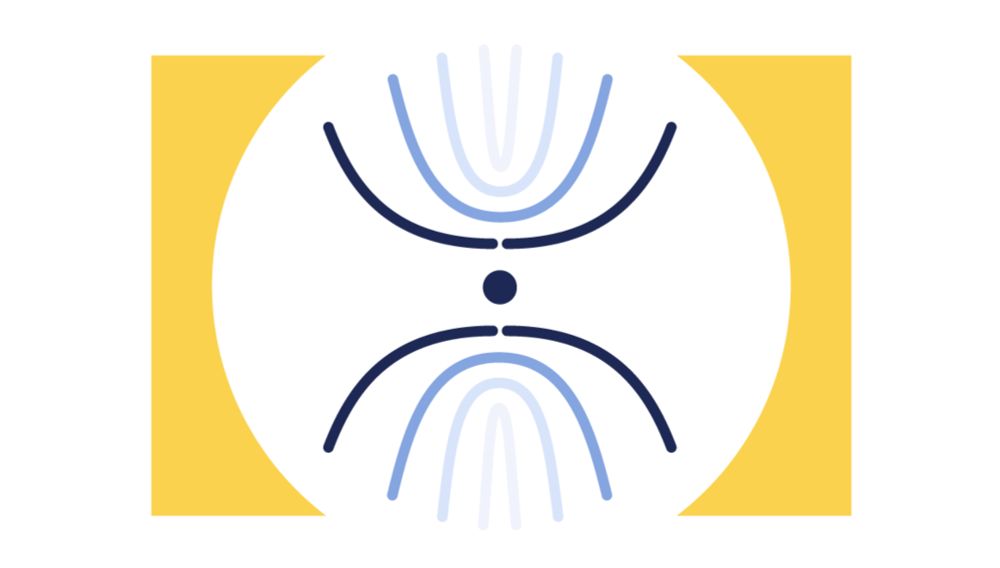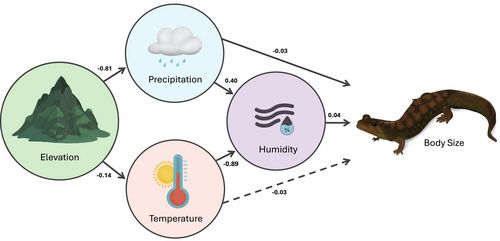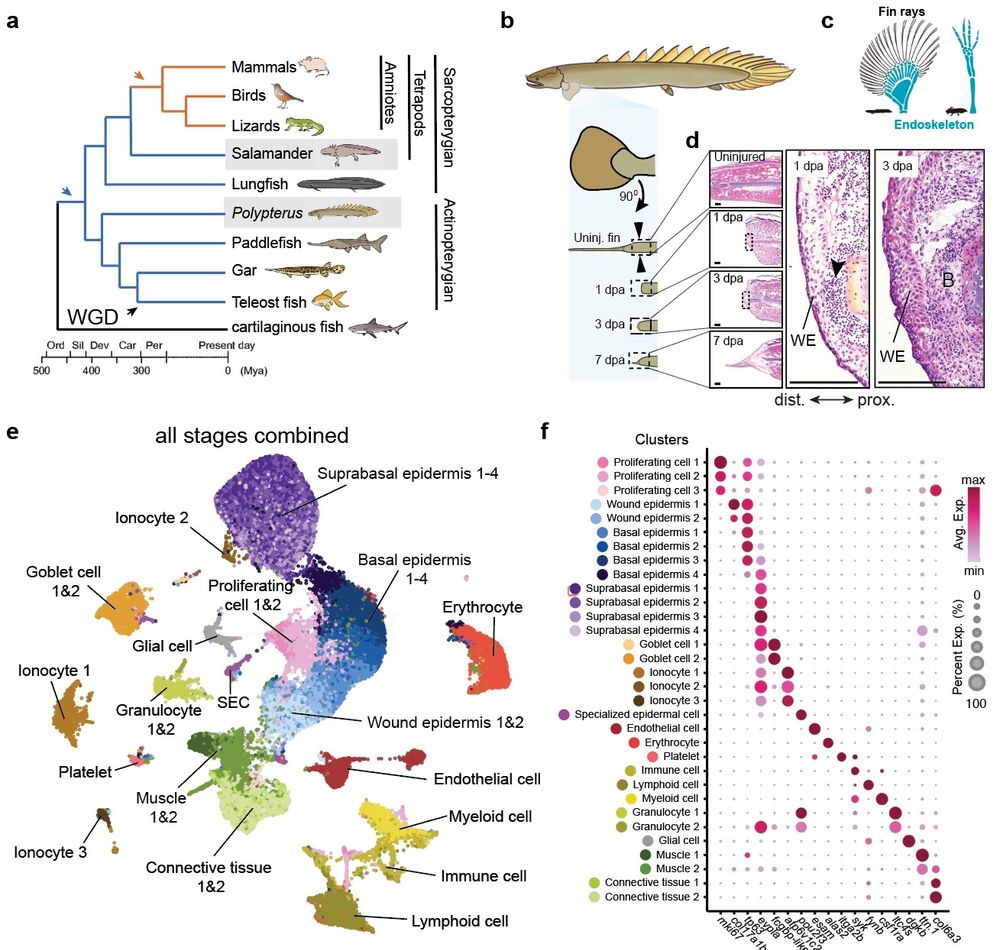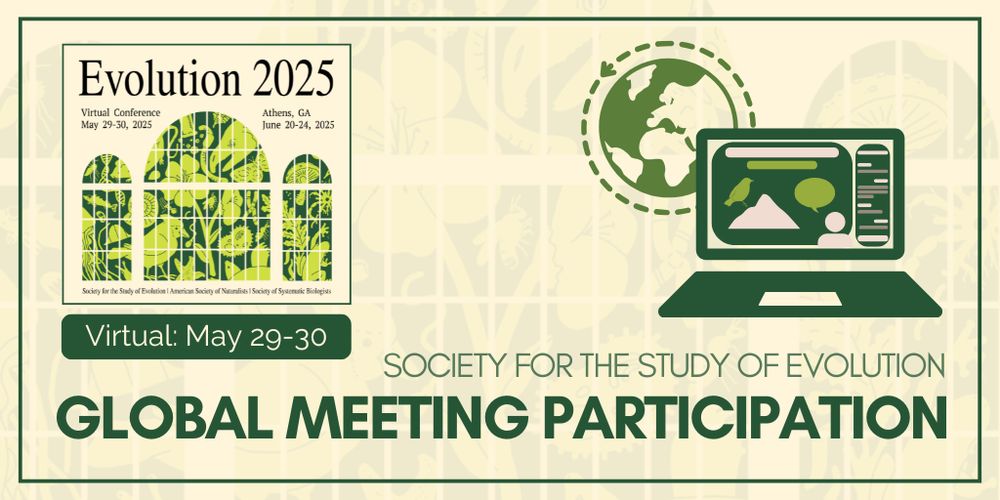Sandy Kawano, PhD
@sandyk.bsky.social
1.1K followers
540 following
54 posts
Schnauzer mom, #fish finatic, and #salamander shenanigans. Pessimistically optimistic. I study the evolutionary biomechanics and functional morphology of animal locomotion. #BreakAllBones
#FinsAndLimbs #FirstGen #herps #WomenInSTEM #RStats | she/her
Posts
Media
Videos
Starter Packs
Reposted by Sandy Kawano, PhD
Sandy Kawano, PhD
@sandyk.bsky.social
· Apr 25
Reposted by Sandy Kawano, PhD
Reposted by Sandy Kawano, PhD
Reposted by Sandy Kawano, PhD
Reposted by Sandy Kawano, PhD
John P. Friel, Ph.D.
@friel.bsky.social
· Apr 17
Reposted by Sandy Kawano, PhD
Reposted by Sandy Kawano, PhD
Reposted by Sandy Kawano, PhD
Reposted by Sandy Kawano, PhD
Sandy Kawano, PhD
@sandyk.bsky.social
· Apr 8
Reposted by Sandy Kawano, PhD
Sandy Kawano, PhD
@sandyk.bsky.social
· Mar 26
Reposted by Sandy Kawano, PhD
LTurculet
@lturculet.bsky.social
· Mar 15
NSERC - Latest News - Launch of the new Harmonized Tri-agency Scholarship and Fellowship programs
As announced in Budget 2024, the scholarship and fellowship programs administered by the three federal research funding agencies – the Canadian Institutes of Health Research (CIHR), the Natural Sciences and Engineering Research Council (NSERC), and the Social Sciences and Humanities Research Council (SSHRC) – have been streamlined into a new harmonized talent program called the Canada Research Training Awards Suite (CRTAS) that will open for applications in summer 2025.
www.nserc-crsng.gc.ca
Reposted by Sandy Kawano, PhD
Reposted by Sandy Kawano, PhD
Tom Near
@tjnear.bsky.social
· Mar 14
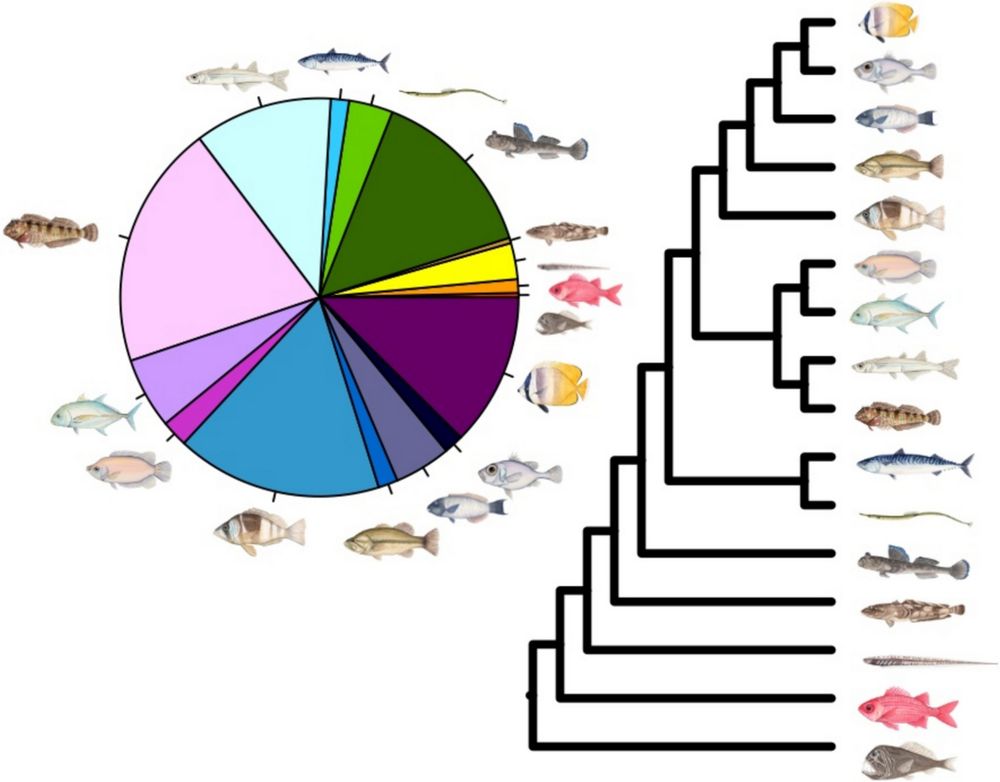
Phylogeny, biology, and evolution of acanthopterygian fish clades - Reviews in Fish Biology and Fisheries
The advent of molecular phylogenetics has rapidly transformed the understanding of relationships within Acanthopterygii, the spiny-rayed fishes. Acanthopterygii includes most of the marine fish divers...
link.springer.com
Reposted by Sandy Kawano, PhD
SICB DCB-DVM
@sicb-dcb-dvm.bsky.social
· Mar 12
Reposted by Sandy Kawano, PhD
Reposted by Sandy Kawano, PhD
Reposted by Sandy Kawano, PhD



